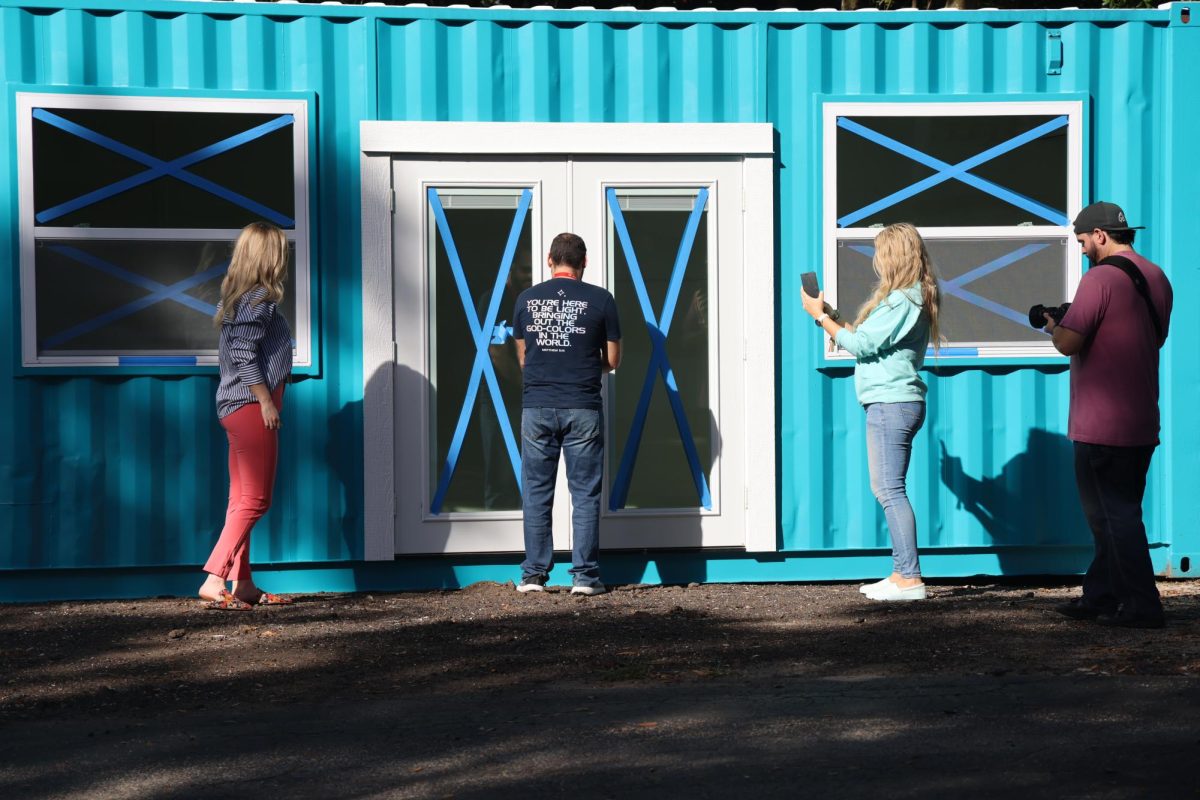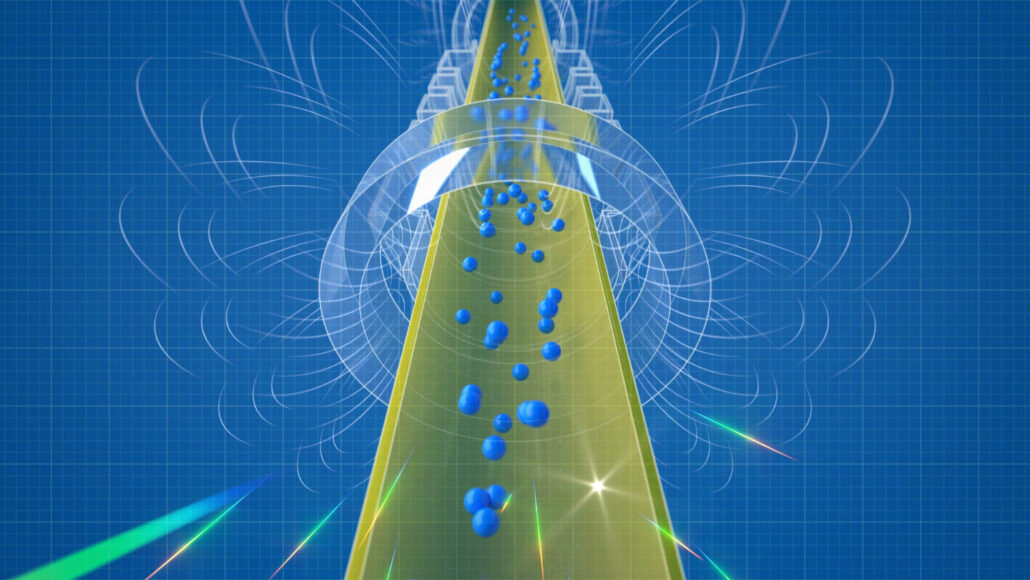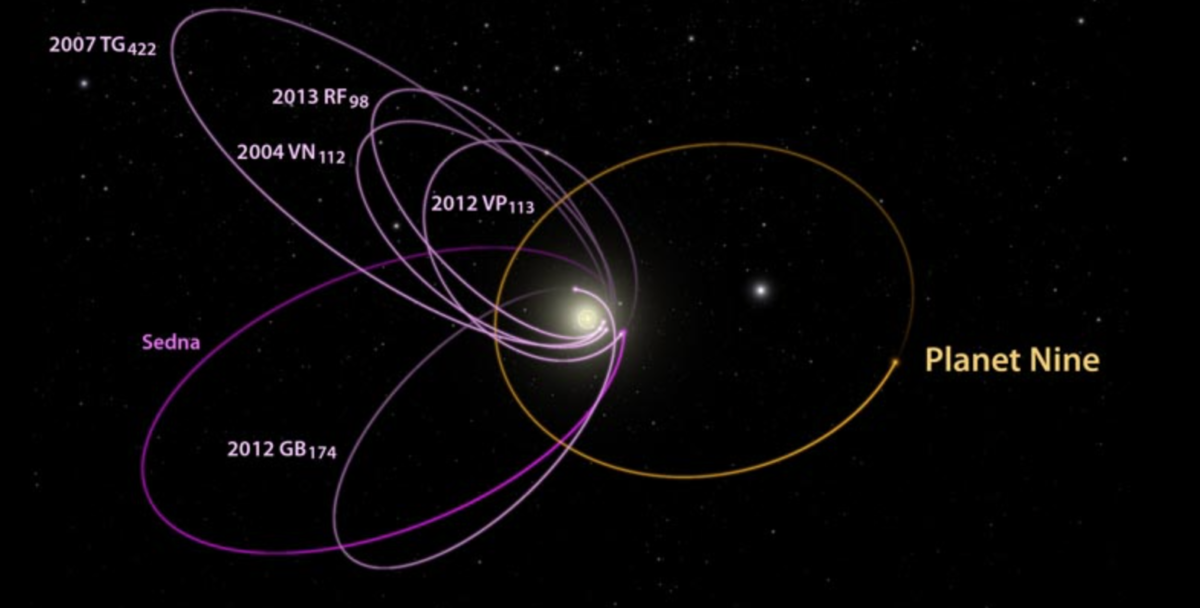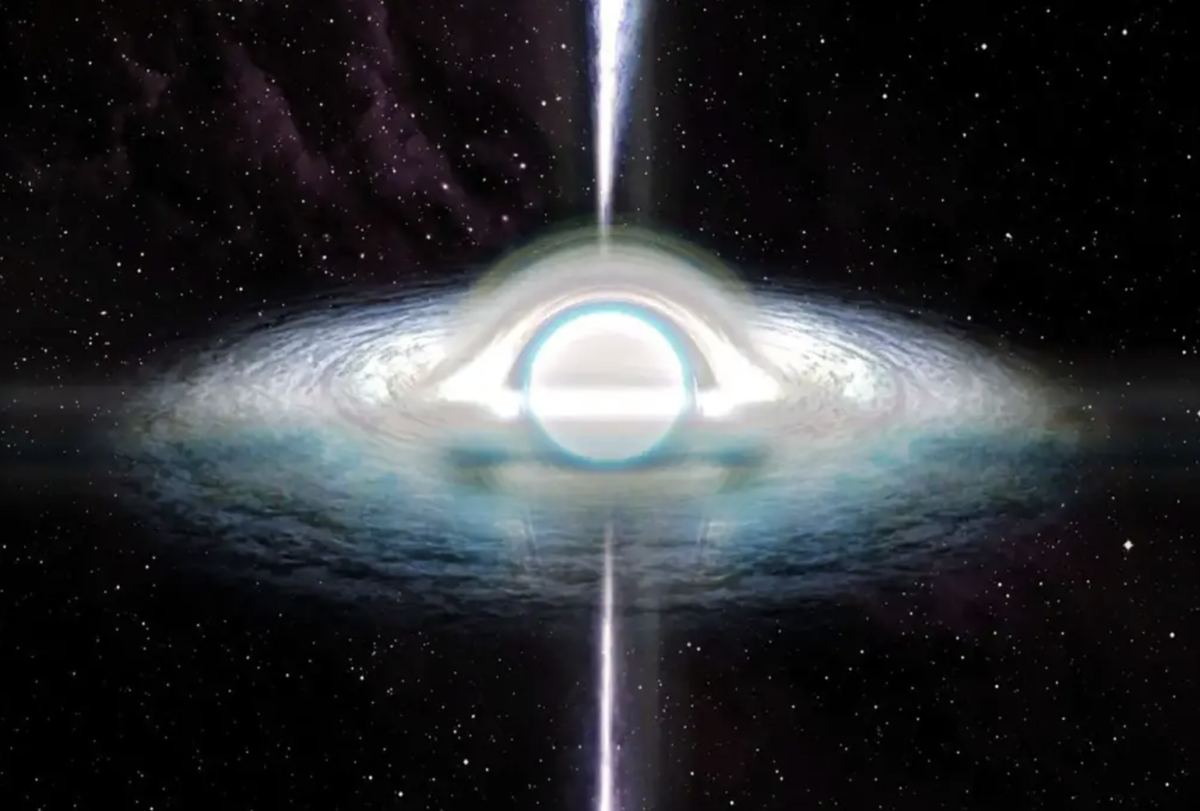For the first time, physicists have observed how antimatter reacts to gravity. This is one of the most important scientific discoveries of the century, and it completely reconfigures the way we perceive matter, antimatter, gravity, and Einstein’s theories of relativity. Through this groundbreaking revelation, scientists can experiment further and uncover additional information that will ultimately lead to a more accurate understanding of our universe.
What is antimatter?
Just as every positive has a negative, every exponent has a square root, and every pencil has an eraser, matter’s opposite counterpart is called antimatter. At its root, all antimatter is made up of antiparticles, which are the complements of the particles that make up our everyday lives. For example, the antiparticle to the electron is called the “positron,” the proton has the “antiproton,” and the neutron’s equivalent is the “antineutron.”
The Matter-Antimatter Asymmetry
However, there is a catch. When matter and antimatter come into contact, they annihilate each other and break down into pure energy. Logically, since antimatter and matter undo the other, our universe should have never been able to form. However, there is an unlikely discrepancy between the two. Unnaturally, there is more matter than antimatter, which should not be possible. This is currently one of the most baffling enigmas in science right now, and it is known as the Matter-Antimatter Asymmetry.
The experiment
In order to further the world’s lackluster knowledge of antimatter, physicists at the European Organization for Nuclear Research, commonly known as CERN, spent the past three decades designing an experiment to observe how antihydrogen (hydrogen’s counterpart) would behave under the effects of gravity. According to Einstein’s theory of general relativity, which offers the best explanation of gravity we have, antimatter should fall just as normal matter does. However, “[y]ou really don’t know anything until you observe it,” remarked Jeffrey Hangst, the spokesperson for the ALPHA (Antihydrogen Laser Physics Apparatus) experiment.
As one could imagine, creating the antihydrogen for the tests proved to be immensely difficult. Since matter and antimatter destroy each other, storing hydrogen’s negative equivalent was also a challenge. In the end, scientists successfully created antihydrogen by shooting antiprotons at clusters of the heavy element xenon to produce electron-positron couplings. To store it, they innovated a near-perfect vacuum that would keep the antihydrogen away from matter.
Finally, physicists devised a method that could test how gravity affects antimatter in a simulated environment. They constructed an electromagnetic field that would corale the antiparticles into a vertical tube, almost like a smaller version of one used for indoor skydiving. To ensure that the antihydrogen atoms would not heat up too much and disrupt gravity’s weak force, they had to be kept at a temperature just above absolute zero. With that, the researchers then released the antimatter and measured how much of it fell down and how much escaped through the top. With regular hydrogen, 80 percent fell and 20 percent evaded gravity’s grasp, and shockingly, antihydrogen proved to be the same! This led to the astounding conclusion that antimatter and matter react to gravity similarly, pushing the boundaries of physics and our natural world even further.
What’s next?
Scientists at CERN, Fermilab, and other particle accelerator laboratories around the world plan to keep exploring antimatter and testing the limits of discovery. Next, physicists will revise the experiment to use laser cooling in order to make the antiparticles even colder, subsequently raising the sensitivity to gravity. Also, another procedure will be formulated to test the gravitational acceleration of antimatter. Since normal matter constantly falls at 9.8 m/s^2, researchers hope to conclude whether its counterpart will do the same. To this end, there will always be more to uncover, despite how much we feel as though we know. This one experiment only opens the door to another, setting forth a chain reaction of research and exploration.











































